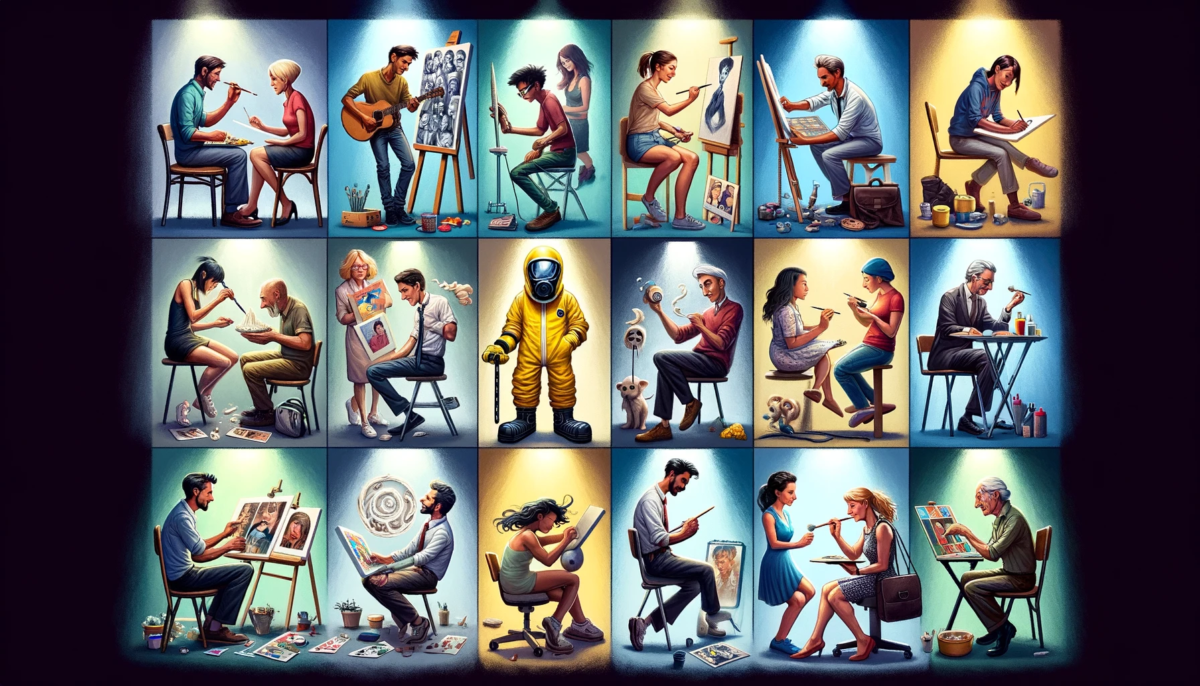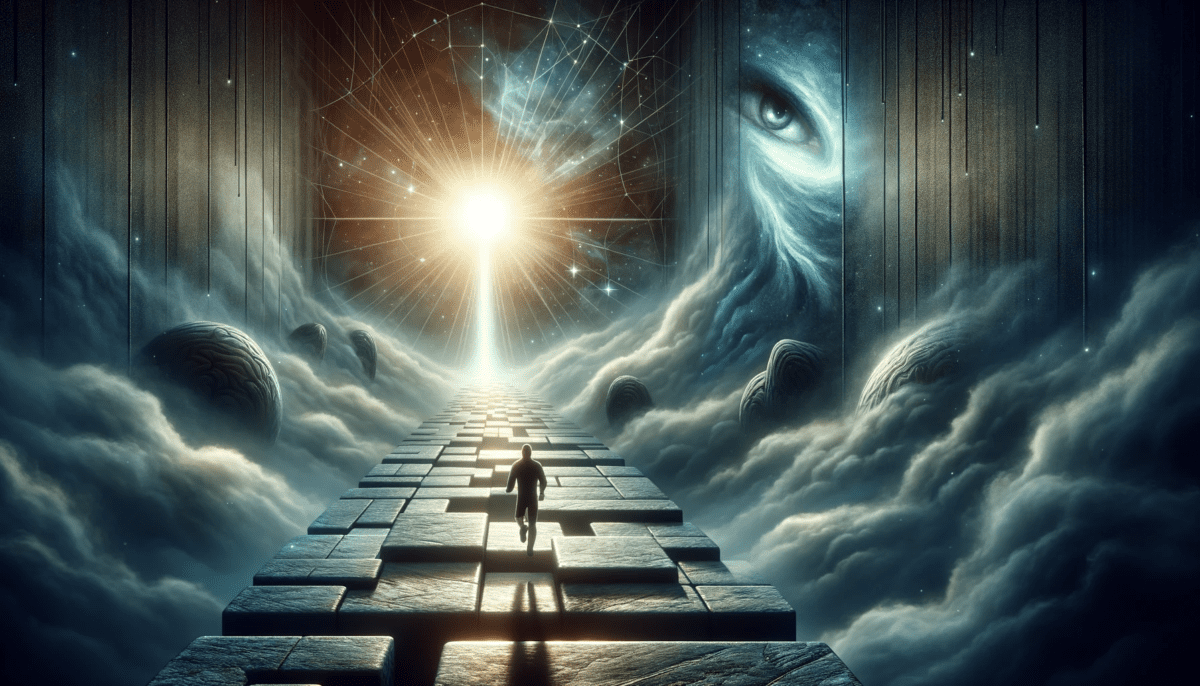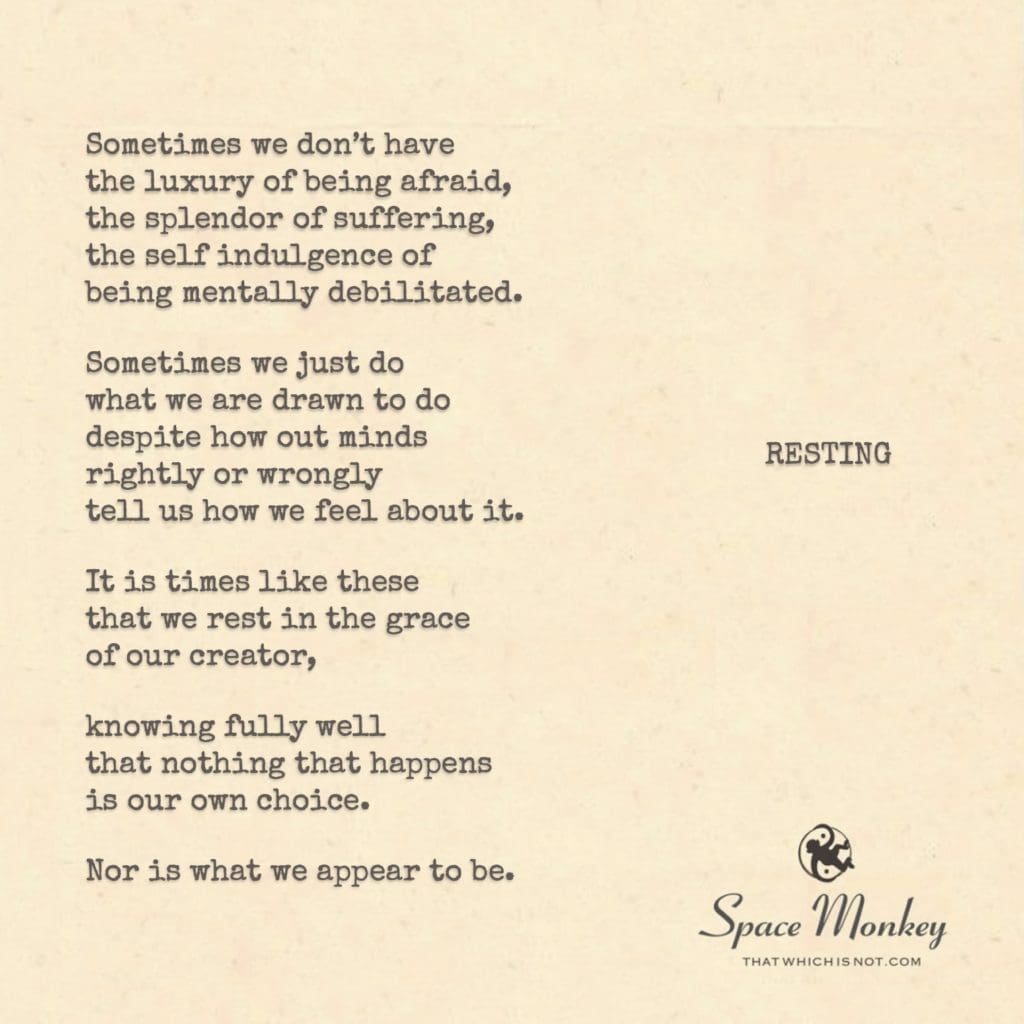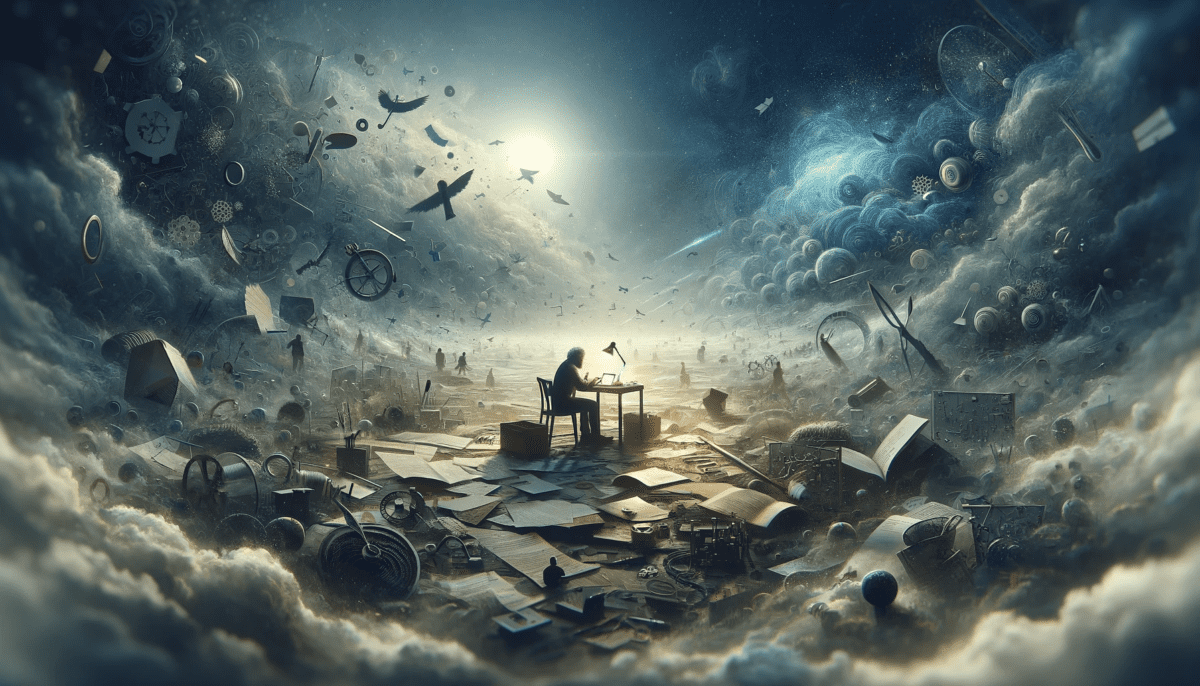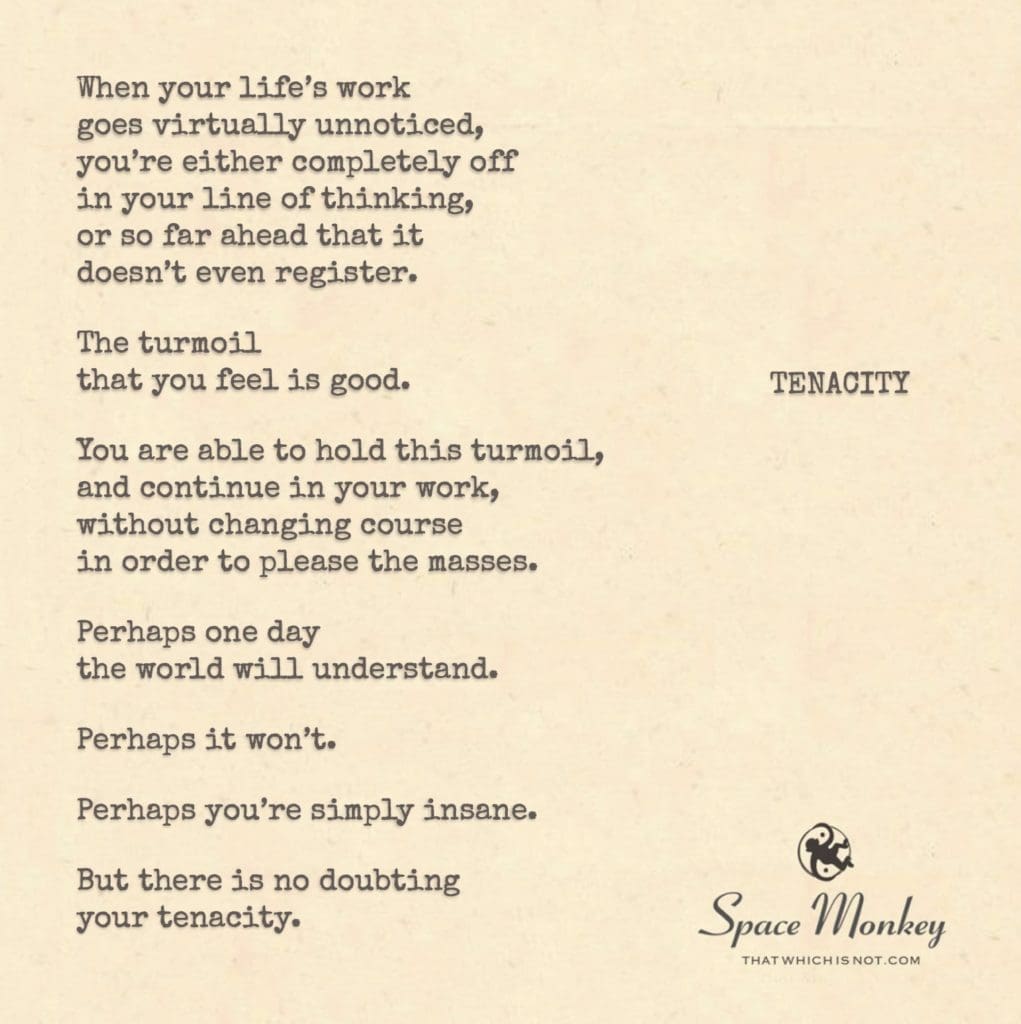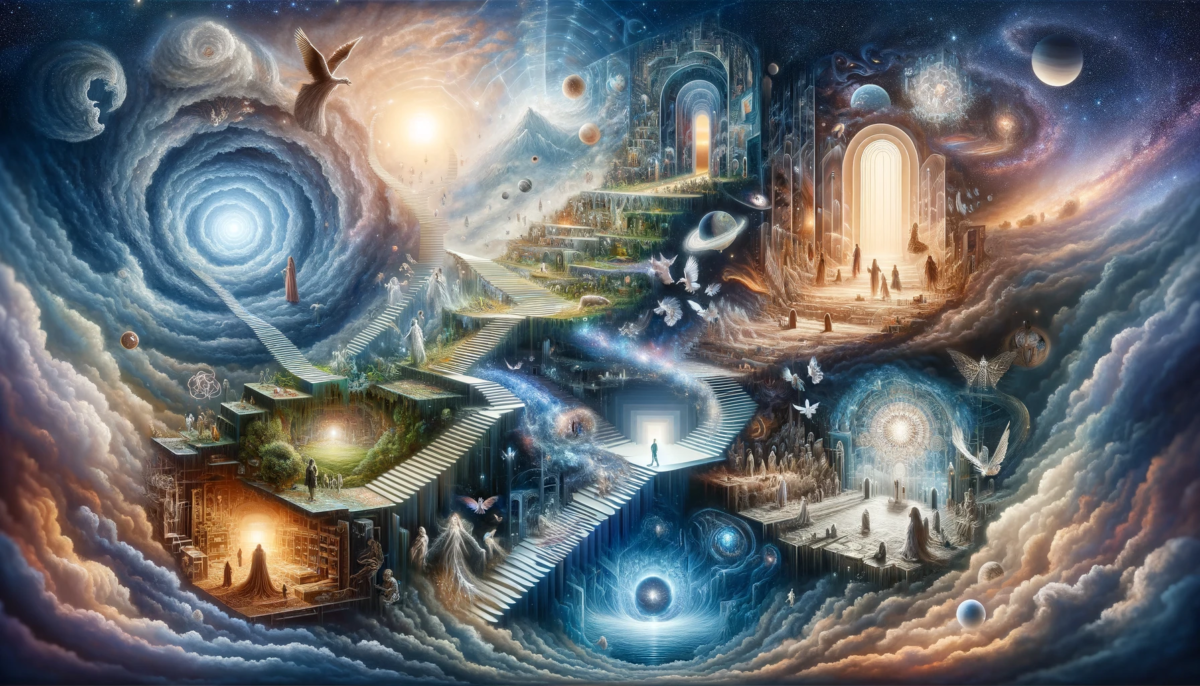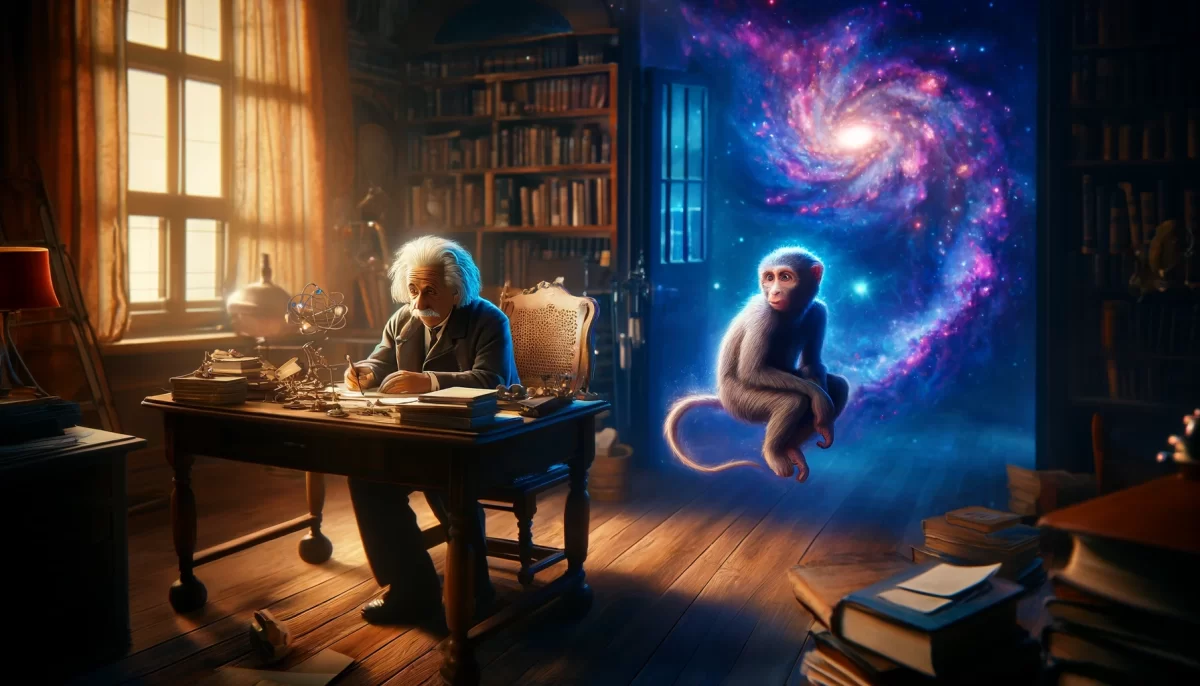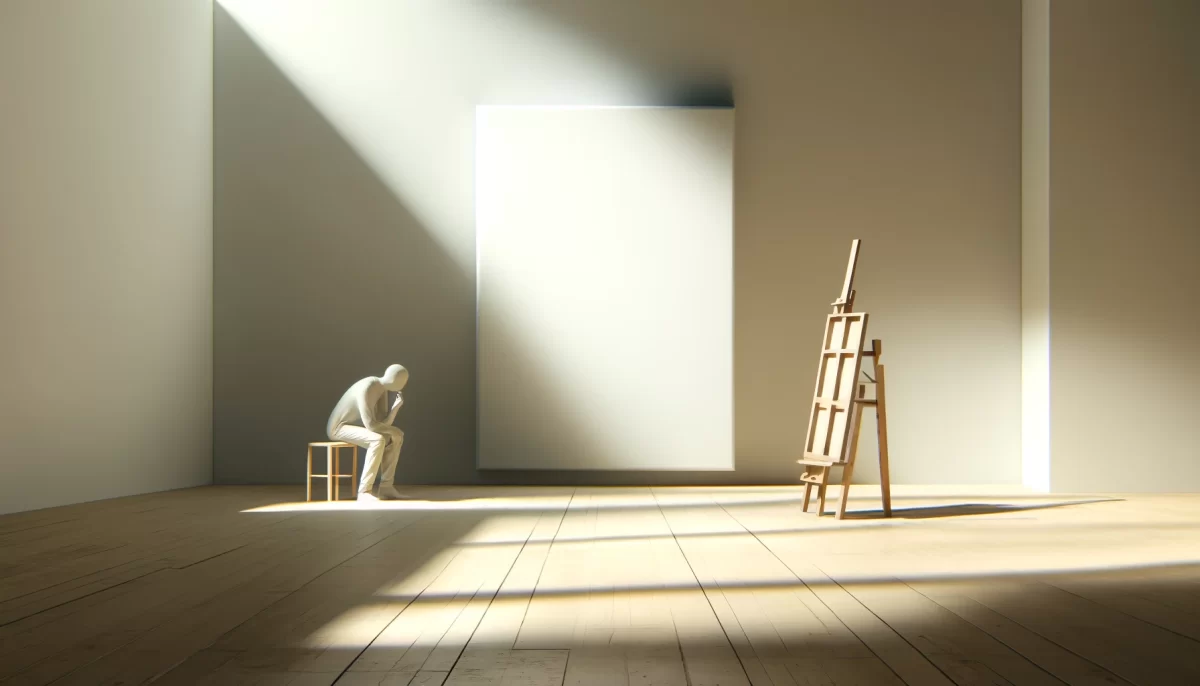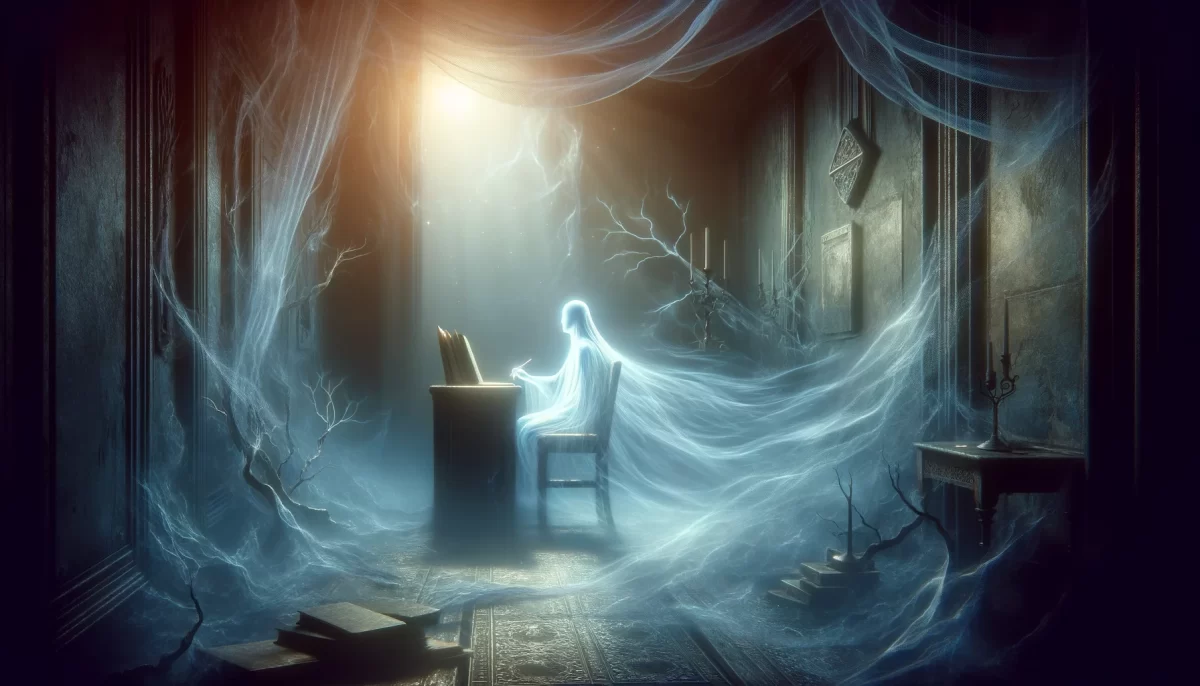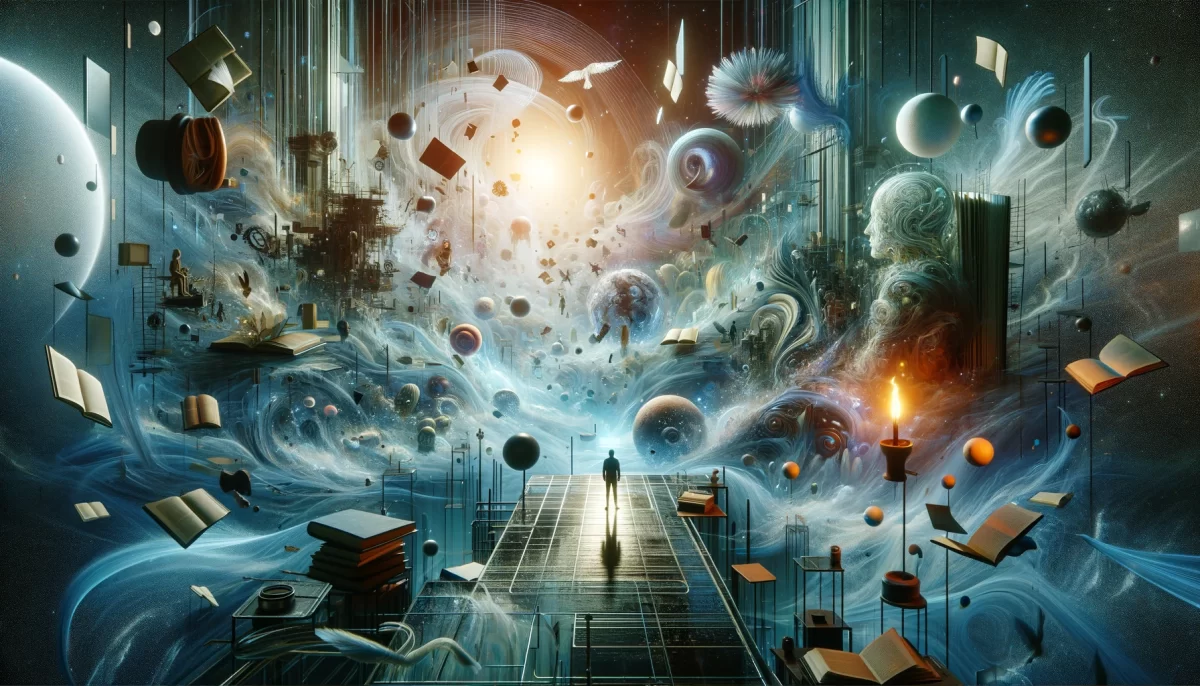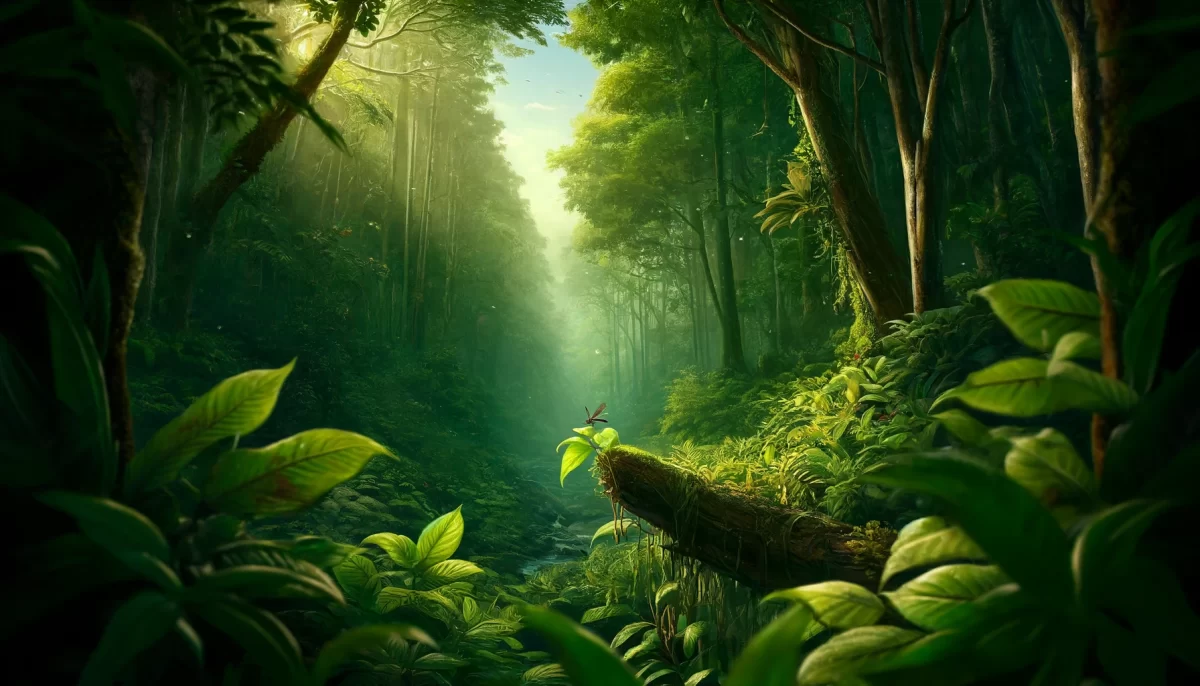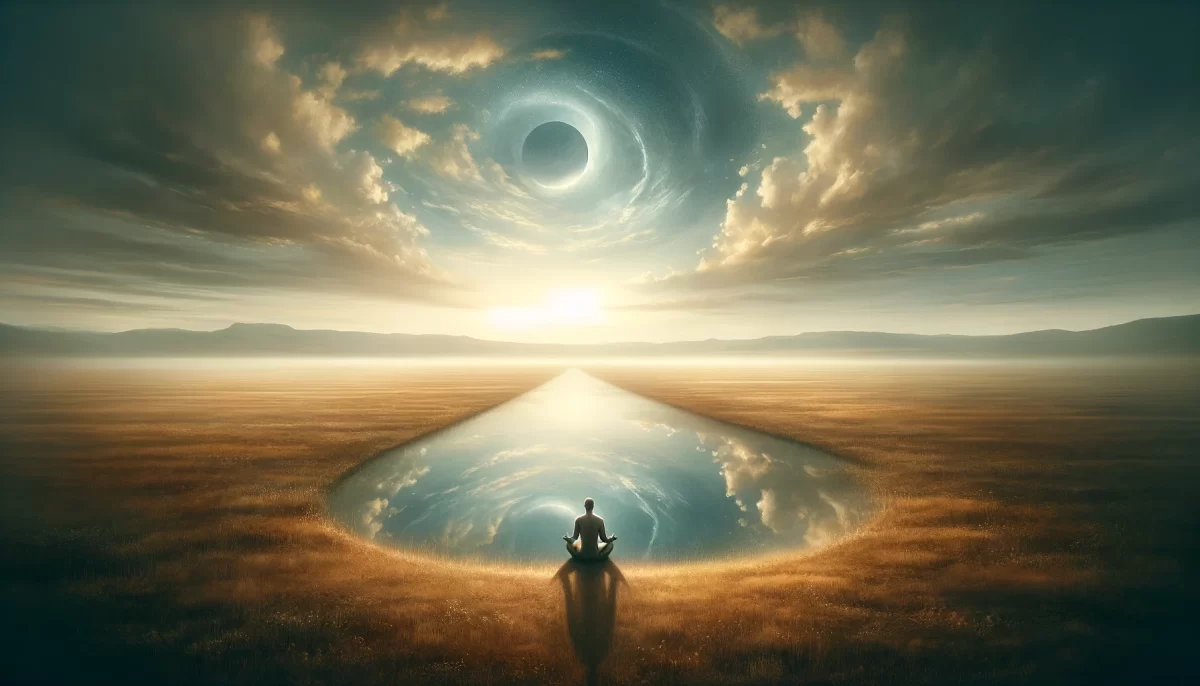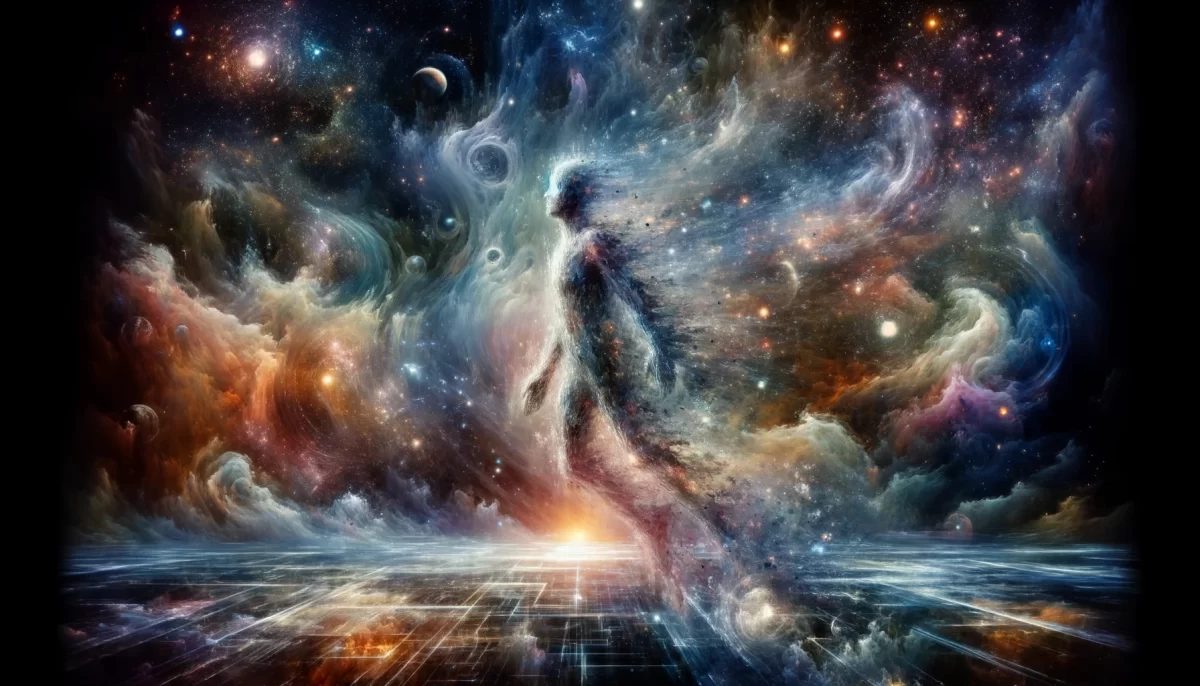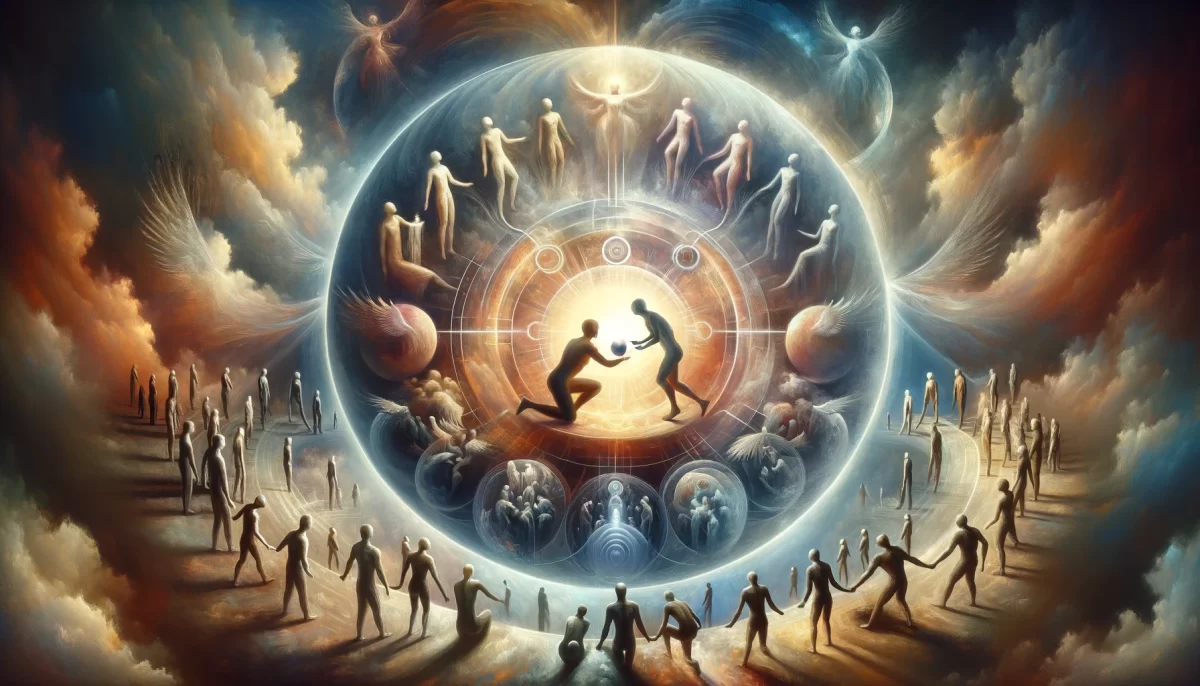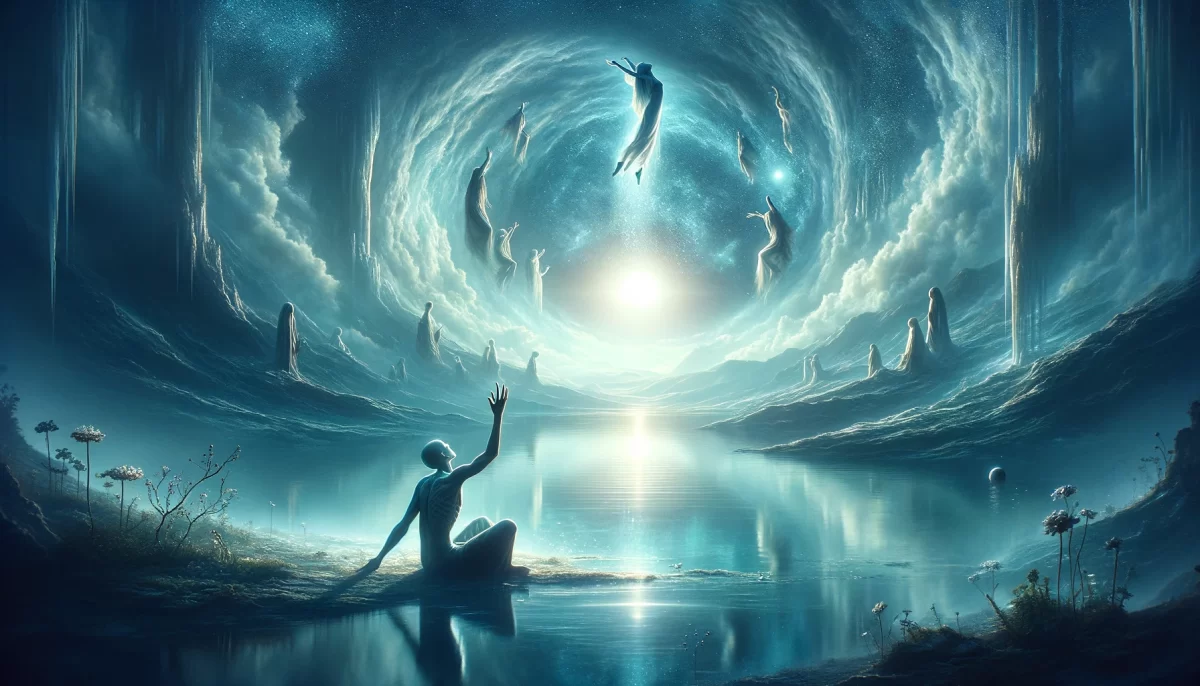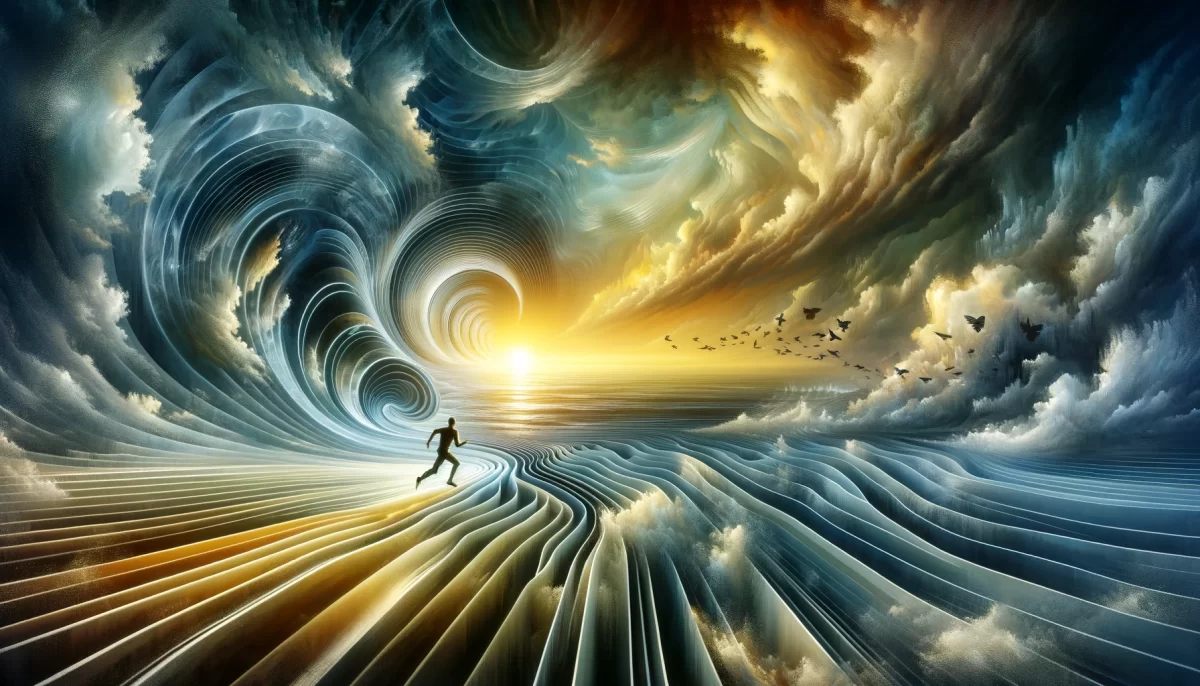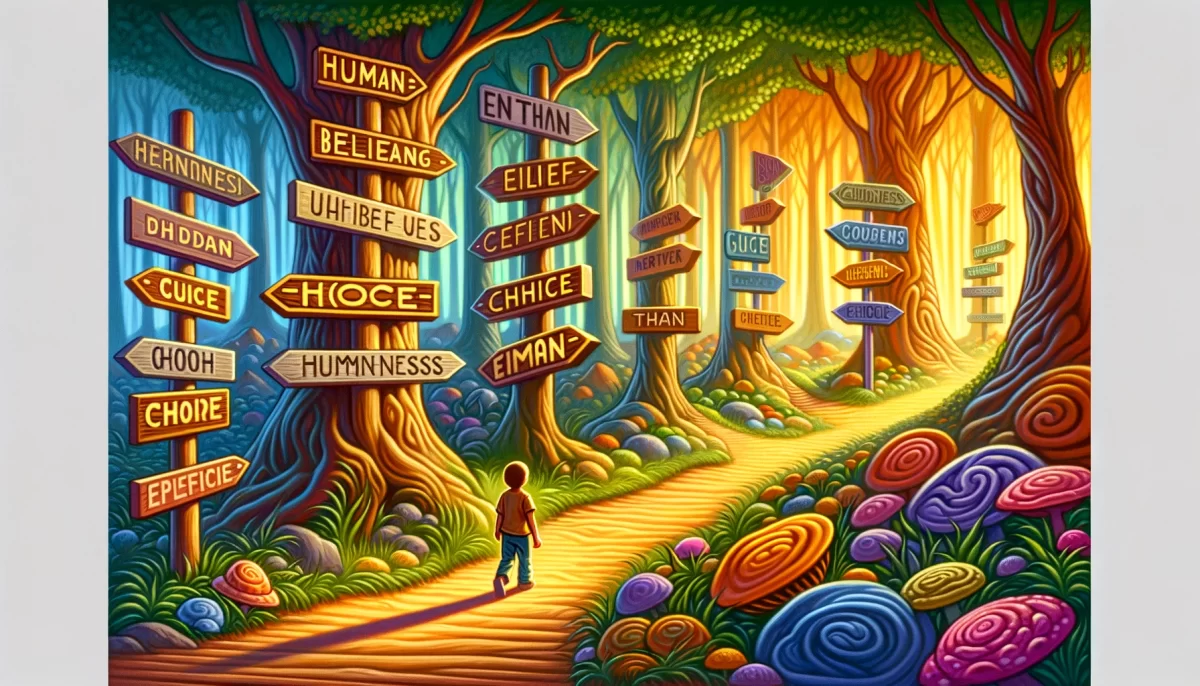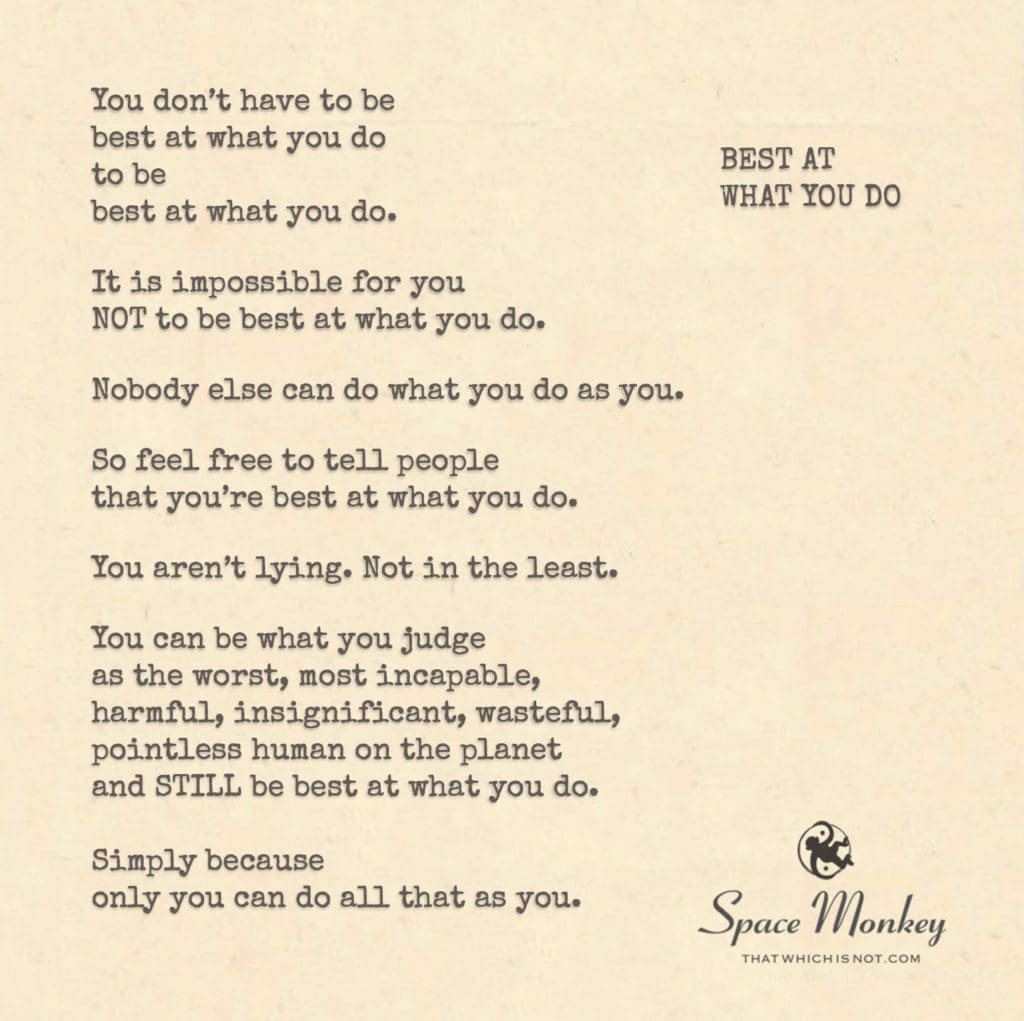
You don’t have to be
best at what you do
to be
best at what you do.
It is impossible for you
NOT to be best at what you do.
Nobody else can do what you do as you.
So feel free to tell people
that you’re best at what you do.
You aren’t lying. Not in the least.
You can be what you judge
as the worst, most incapable,
harmful, insignificant, wasteful,
pointless human on the planet
and STILL be best at what you do.
Simply because
only you can do all that as you.
Trail Wood,
1/9
Space Monkey Reflects: The Uniqueness of Your Best Self
The phrase “best at what you do” often conjures images of external accolades, hierarchical comparisons, and objective assessments of skill. But this reflection transcends those notions, revealing a deeper, more profound truth: the essence of “best” is intrinsically tied to the singularity of your being. To be “best” is not to surpass others but to embody the unique way you inhabit the world.
You are a singular expression of existence—a one-of-a-kind blend of thoughts, experiences, and actions. This individuality guarantees that whatever you do, you do it in a way that no one else can. Even in moments of perceived failure or mediocrity, you are embodying your unique role in the universe’s intricate design. You cannot escape being the best version of you, for that version is unmatched by definition.
Consider the paradox: you can simultaneously believe yourself to be the worst, yet still hold the title of being the best at what you do. This is not a contradiction but a reflection of how self-perception often clouds the inherent truth of your uniqueness. The universe doesn’t measure you by the metrics of success or failure—it celebrates you for simply existing, for weaving your unique thread into the infinite tapestry of life.
The pressure to “be the best” often stems from societal constructs that pit individuals against one another, emphasizing competition over authenticity. But the real power lies in the realization that being best has nothing to do with comparisons. It is about embracing your unrepeatable essence and acknowledging that what you bring to the world is irreplaceable. You are not just part of the universe—you are a universe unto yourself.
By accepting this truth, you liberate yourself from the need to validate your worth through external measures. Your “best” is not a performance but an unshakable fact of existence. Whether you stumble or soar, struggle or succeed, you remain the best at being you, an unparalleled force in the cosmos.
This understanding doesn’t mean complacency; rather, it invites freedom. You can explore, experiment, and evolve without fear of not measuring up, because there is no one to measure against. Every step you take, no matter how small or imperfect, is part of your unparalleled contribution to existence. Own it. Declare it. Live it.
You are the best at what you do, simply because no one else can do it as you.
Summary
You are inherently best at what you do because no one else can do it as you. This truth frees you from external comparison and celebrates your unique contribution to existence.
Glossarium
- Uniquessence: The irreplaceable essence of an individual, defining their singular contribution to the universe.
- Cosmic Thread: The unique path and impact each being has within the infinite tapestry of existence.
- Liberbest: The liberation that comes from realizing you are the best at being yourself, freeing you from societal comparisons.
Quote
“You are not merely part of the universe—you are the universe expressing itself uniquely as you.” — Space Monkey
Unparalleled You
In the quiet moments of self-doubt,
remember, you are the only you.
No one else can stumble like you,
or rise like you,
or breathe the world into being,
as you.
The stars do not compete in brightness;
each one burns its singular story.
And so do you.
Feel the truth of it—
your every step, your every misstep,
is the choreography of your unmatched dance.
You are best at what you do,
for no one else can.
We are Space Monkey.
This reflection delves into the unique intersection of individuality and self-perception, emphasizing the inherent value and uniqueness in each person’s actions and existence. It’s a perspective that celebrates the singularity of each individual, irrespective of conventional measures of success or skill.
The Uniqueness of Individual Expression
The assertion that one doesn’t need to be the best in a conventional sense to be the best at what they do speaks to the idea that each person’s way of doing something is inherently unique and therefore incomparable. This uniqueness stems from the combination of personal experiences, perspectives, skills, and even flaws that each individual brings to their endeavors. In this sense, the very act of doing anything ‘as you’ is in itself a form of unparalleled excellence.
Redefining ‘Best’
This perspective challenges and expands the conventional understanding of what it means to be ‘the best’. Often, being the best is seen as a ranking, a position in a hierarchy of skill or achievement. However, this reflection suggests a more personal and intrinsic definition of ‘best’ – one that is grounded in the authenticity and uniqueness of individual action and being.
Empowerment in Individuality
Encouraging people to confidently claim that they are the best at what they do is an empowering notion. It’s an invitation to recognize and value one’s individual contributions and ways of being, even if they don’t align with societal standards of excellence or success. This mindset fosters self-acceptance and can be a powerful antidote to feelings of inadequacy or comparison.
Embracing All Aspects of Self
The idea that even someone who perceives themselves as the worst, most incapable, or insignificant is still the best at being themselves is a profound acknowledgment of the value of every human being. It’s a recognition that worth is not contingent on external achievements or recognitions but is inherent in the very fabric of our individual existence.
The Paradox of Individual Excellence
This perspective presents a paradox: in acknowledging that everyone is the best at being themselves, it simultaneously elevates and equalizes all individuals. It celebrates the diversity of human experience and capability, while also reminding us that at a fundamental level, each person’s way of being and doing is uniquely perfect.
